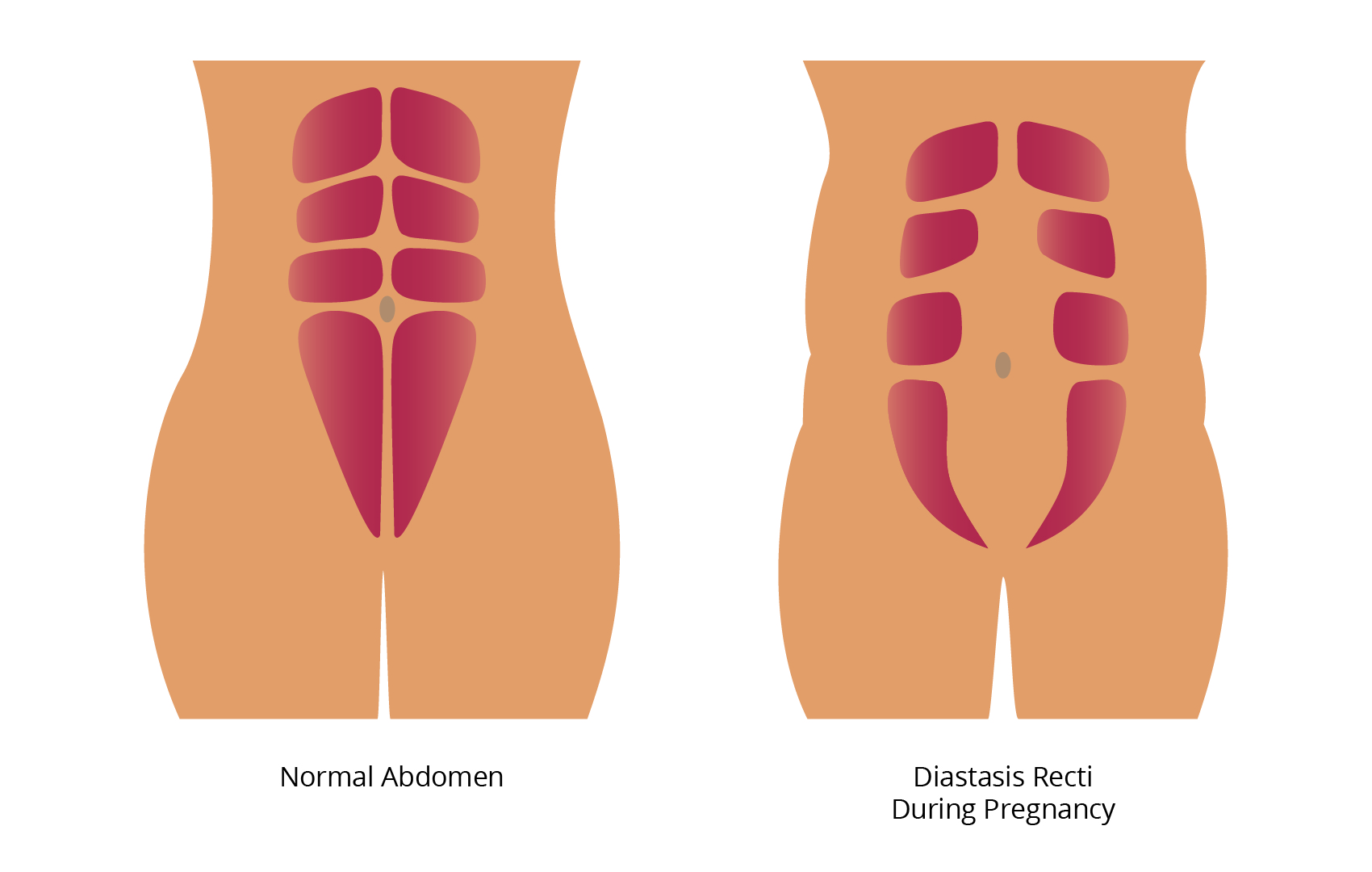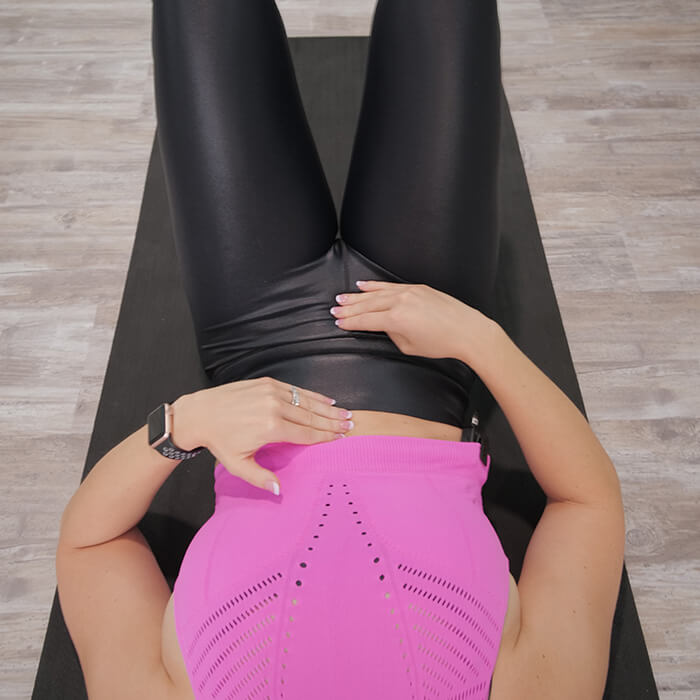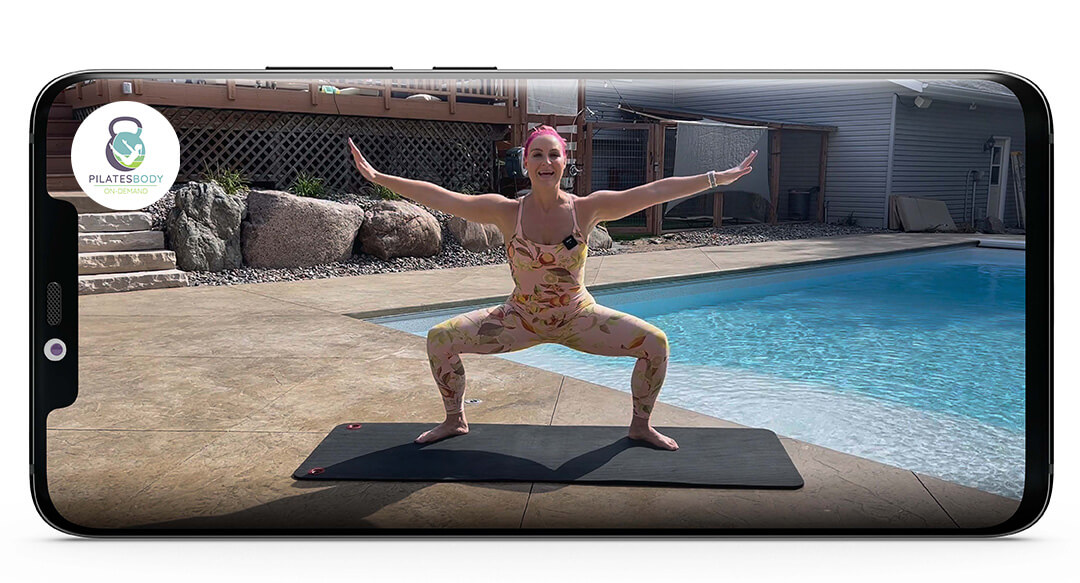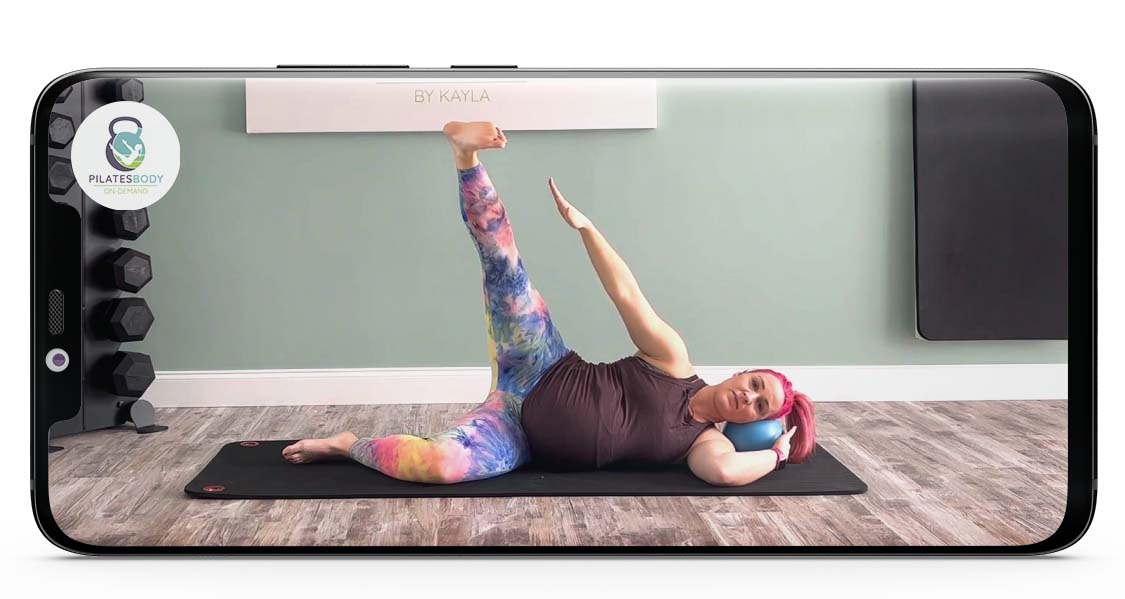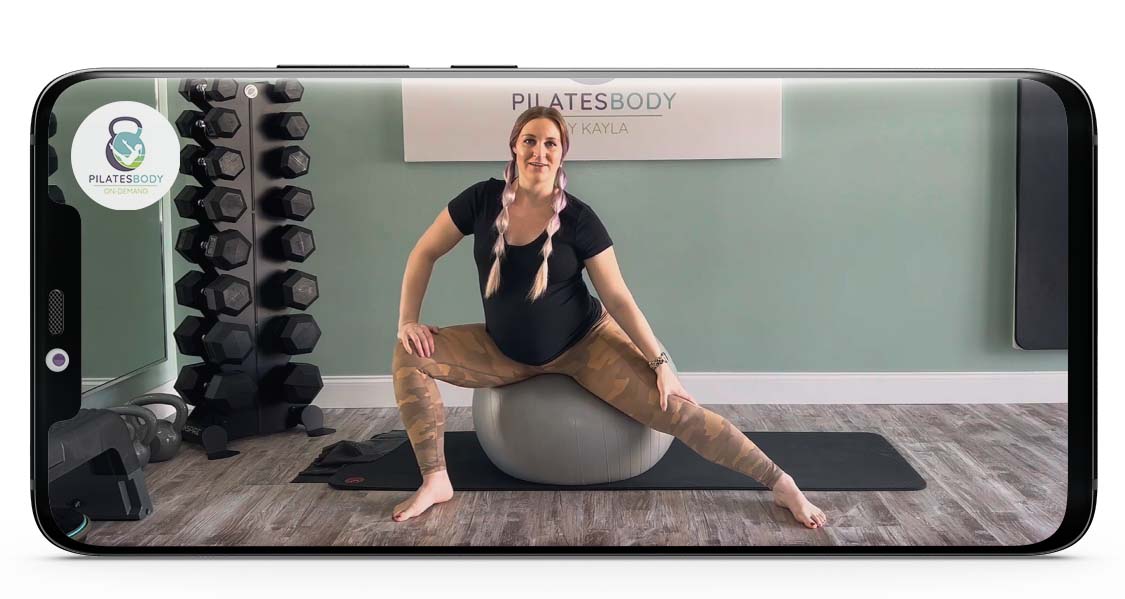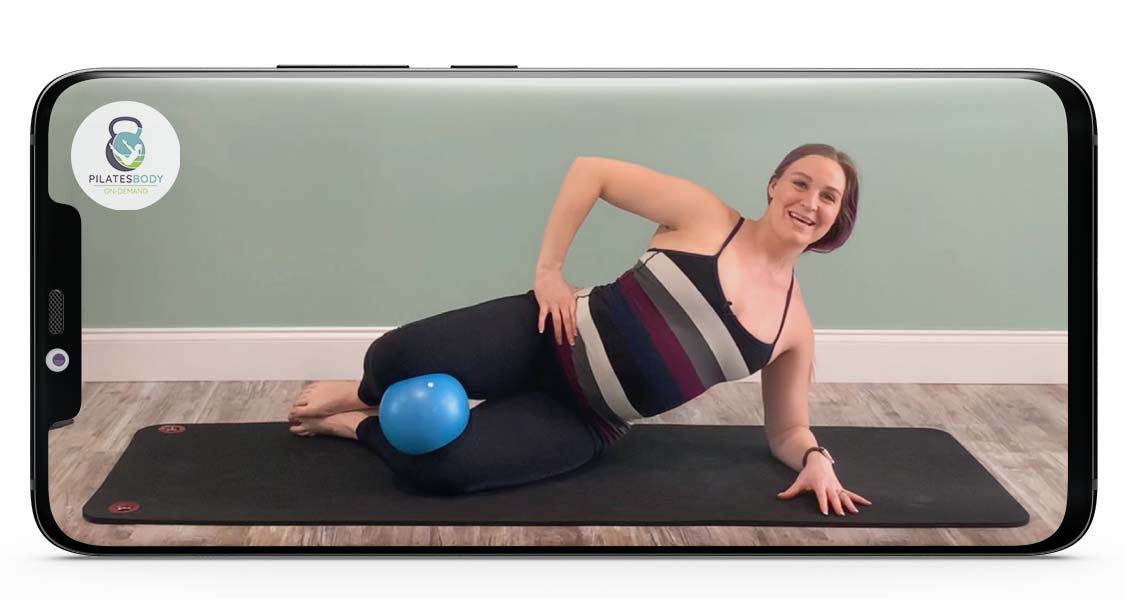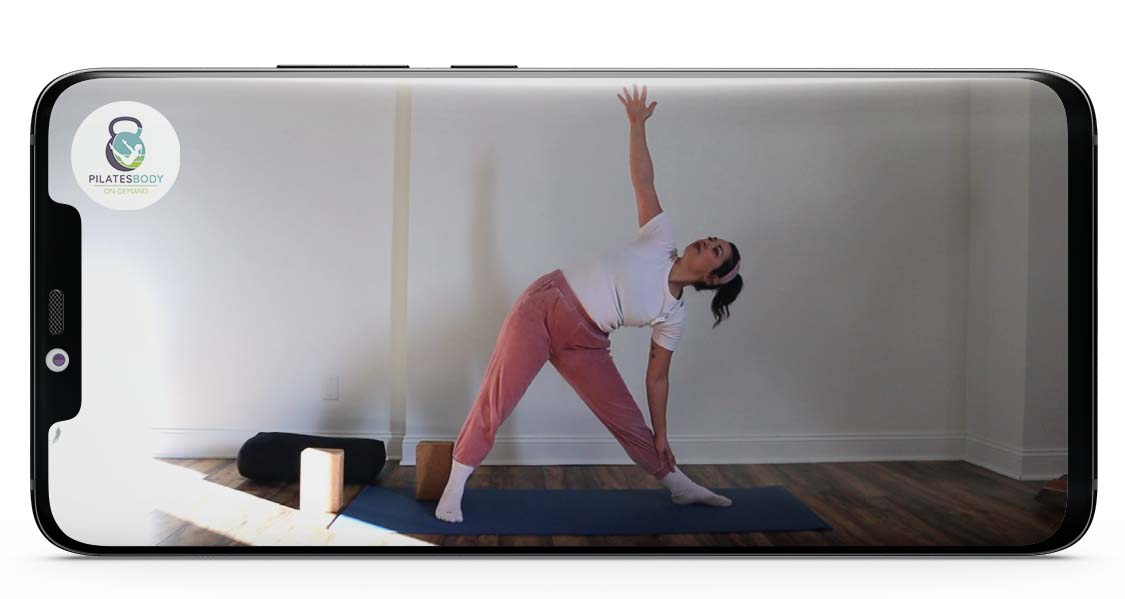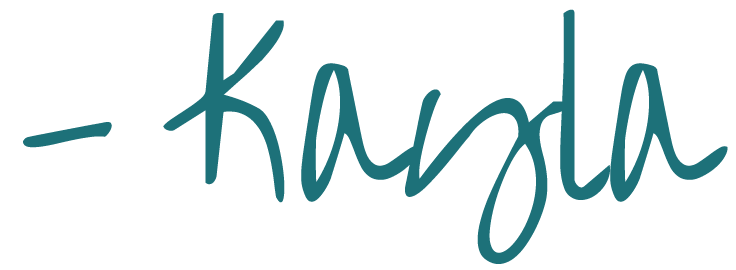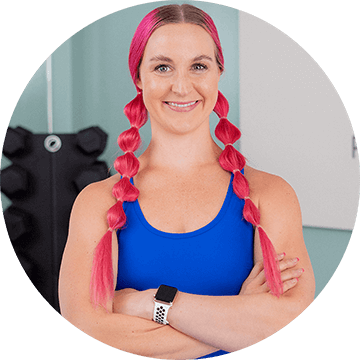As a certified Pilates instructor, some of the most common questions I hear always relay back to core strength and deep core health—How do I shrink my waistline? How do I get abs? How do I get rid of my mom pooch? How do I strengthen my pelvic floor during pregnancy and postpartum?

